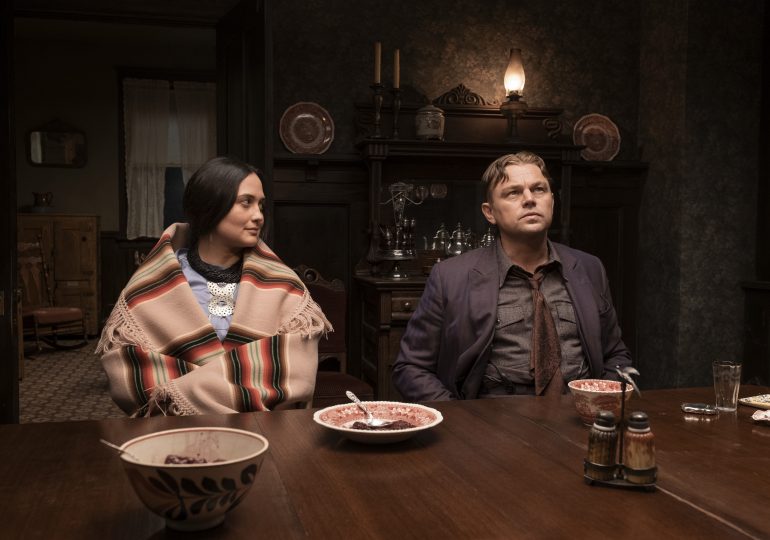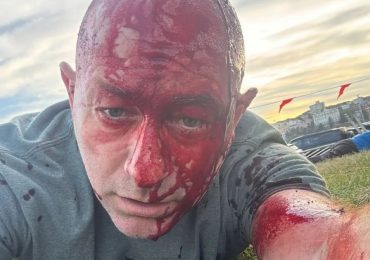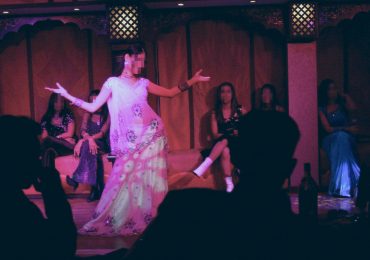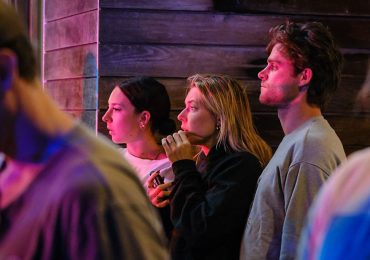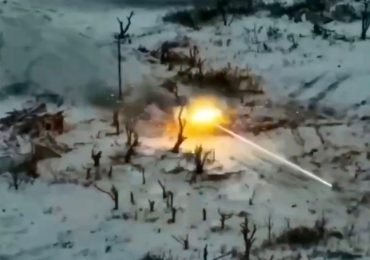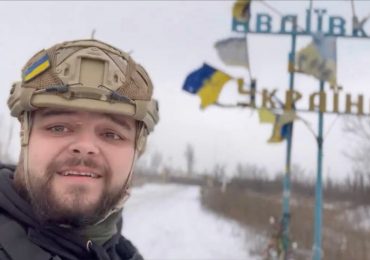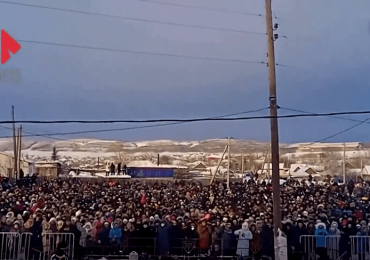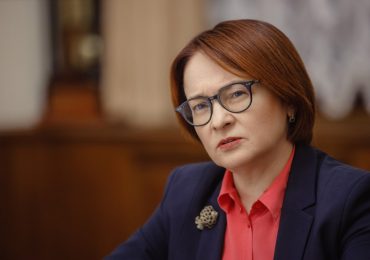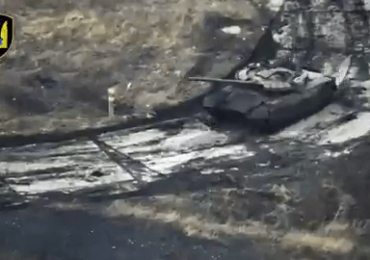Warning: This post contains spoilers for Killers of the Flower Moon.
In film criticism as it stands today, unless you’re writing for a specific, rarefied audience, discussing a film’s ending is verboten. Breathe just a hint of detail about a final scene, or even a closing shot, and the spoiler police will not be amused. But once in a while, a film ending is so potent, so powerful both on its own terms and as the culmination of all that has come before, that it demands consideration by itself. Martin Scorsese’s extraordinary film Killers of the Flower Moon, adapted from David Grann’s 2017 book about the systematic and ghoulish murders of rich Osage landowners in 1920s Oklahoma, is one of those pictures. The final minutes usher us out of this mournful, vital movie in a way that both underscores Scorsese’s deep connection with the material and helps us articulate our own feelings about it. Maybe it’s even less of an ending than a beginning, a portal into the movie’s afterlife—in my case, the movie stuck with me for days, weeks, memories of it reappearing unbidden like a message written in smoke. If you haven’t yet seen Killers of the Flower Moon, consider yourself warned to stop reading here. If you’ve seen it, and it’s haunting you, this is a chance for us to be haunted together.
[time-brightcove not-tgx=”true”]
The setting is Osage territory in early 1920s Oklahoma. Lily Gladstone gives a numinous performance as Mollie Burkhart, an Osage Indian whose oil-rich land—land to which the U.S. government had, decades earlier, pressured her people to relocate—has made her a very wealthy woman. An ambitious but not-very-bright World War I veteran, Ernest Burkhart (Leonardo DiCaprio), woos and marries her, largely at the suggestion of his uncle, crooked cattleman William Hale (Robert De Niro), though Ernest does seem to genuinely love Mollie. Even so, he willingly becomes part of Hale’s devious plot to kill off rich Osage in order to acquire their oil rights.
Read More: How Killers of the Flower Moon Compares to the Best-Selling Book It Adapts
One by one, members of Mollie’s family are murdered, their deaths framed as accident or coincidence; Ernest is aware of, or directly involved in, at least two of those murders, and he actively participates in the planned murder of his own wife. (In real life, these atrocities were part of a series of crimes, many unsolved, that may have claimed the lives of some 100 members of the Osage nation, and possibly many more.) An upstanding Bureau of Investigation agent named Tom White (Jesse Plemons) shows up to investigate murders in the community, and eventually cracks the case. But Scorsese has framed the story so that the emphasis is on Mollie and her family, and on Ernest’s heinous betrayal of a woman he truly loved. The main story ends with Mollie’s reluctant, painful acknowledgement of her husband’s role in the murders. But it’s followed by a coda in which Scorsese himself appears, a kind of breaking of the fourth wall in which the teller of this tale reaffirms Mollie as the true heart of this saga, and reminds us that while life is evanescent, history is forever.
This coda takes its cues from radio serials of the 1930s and 1940s, when home entertainment meant gathering around a device that stoked the imagination with the use of sound, not images—for the latter, you went to the movies. In real life, the story of the Osage murders was dramatized in an episode of The Lucky Strike Hour in 1933; Federal Bureau of Investigation chief J. Edgar Hoover gave his blessing to the broadcast, fully aware of its potential PR value. Killers of the Flower Moon ends with an imagined re-creation of the recording of this broadcast, featuring a cast of mostly male voice actors (they include Larry Fessenden and musician Jack White) detailing the aftermath of the case. We learn that Hale and Burkhart were convicted but also eventually pardoned; the Osage point of view is represented by a voice actor speaking in cartoonish pidgin English.
Read More: Martin Scorsese Still Has Stories to Tell
This, Scorsese is telling us, is how events are remembered and retold and turned into what we know as history, usually by people who didn’t experience it directly. Storytelling does, at least, keep these stories alive. But in most cases, and certainly in the case of the Osage murders, the people who have suffered the most aren’t the ones with the means to bring their stories to the wider world. In the early 1930s, roughly 10 years after the real-life events took place, the story of the Osage murders is left to a group of white voice actors dressed in natty suits, with a range of Foley effects at their disposal. Some 95 years later, that story will be told again, in carefully researched form, by a white journalist. And about 100 years later, it will become a movie, made by a white man who’s also quite possibly the world’s greatest living director.
Scorsese has often appeared, uncredited, in his films. We either hear his voice (as, say, a dispatcher in Bringing Out the Dead) or get Hitchcock-like glimpses of him (as in Taxi Driver or Raging Bull). It’s as if he has waded so deeply into the telling of these stories that he can’t help inserting himself in the picture, in even just a small way—he’s the painter who can’t resist dabbing his own image semi-secretly onto the canvas, like Jan van Eyck reflected in a convex mirror as he bears witness to a sumptuous wedding.
Read More: The Power of Osage Storytelling
But Scorsese’s appearance in Killers of the Flower Moon, as a radio producer who steps to the mic for the last word of this reimagined Lucky Strike Radio Hour broadcast, is different. He gives us, with thumbnail brevity, the essence of Mollie Burkhart’s obituary. She died in 1937. She was a full-blood Osage. She was buried next to the members of her family who had predeceased her. Then he adds the telling detail, and though his voice is measured, you wonder if his heart isn’t cracking as he reads it: “There was no mention of the murders.”
This, Scorsese appears to be saying, is how Mollie Burkhart’s life was measured and summed up at the time of her death. In his book, Grann had fleshed out more of her story. And Scorsese, in his restructuring of the material, has tried to restore her dignity even further—though he seems to know that the idea of “restoring dignity” is paternalistic by itself. A person’s—a woman’s—dignity is hers alone; does she really need another human, a man, to spruce it up and hand it back to her?
With just one sentence, Scorsese, a man addicted to telling stories, inherently acknowledges the bitter fallacy of that idea. Directors are generally confident people, sometimes to the point of hubris. But Scorsese’s final words in Killers of the Flower Moon are an act of humility, offered by a filmmaker who knows he’s rounding the bend toward the final years of his career.
The movie’s closing image is an Osage celebration, a circle of dancers rendered as a kaleidoscopic whirl. Mollie’s spirit, her history, is alive in them. But Scorsese, the outsider, wants to honor her too. He has done his best to bring her to life for us, through Gladstone’s performance, in a movie so vivid and sympathetic that it leaves a burning after-image. This is the best offering he can make to Mollie Burkhart. And still, he knows it’s not enough.
Leave a comment
